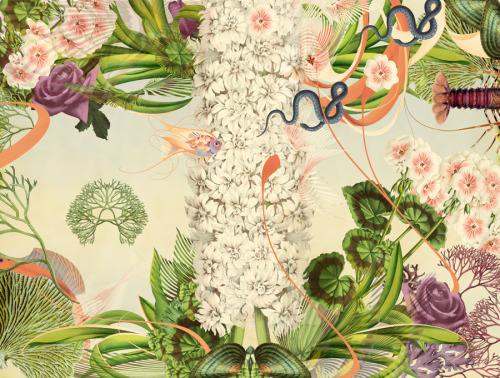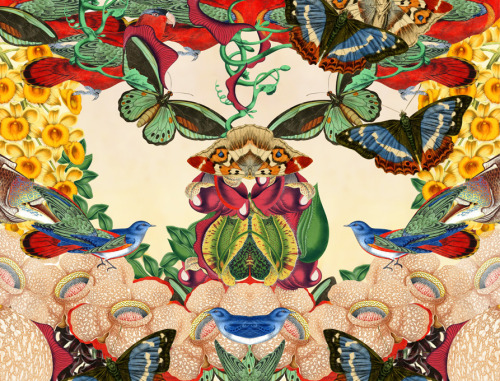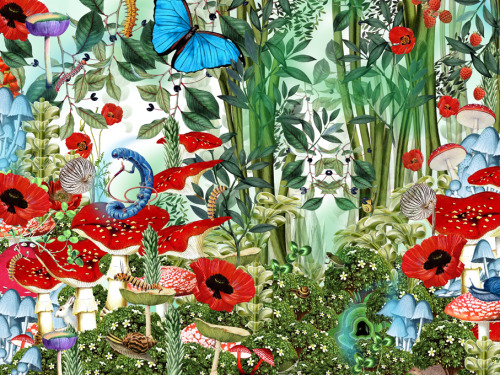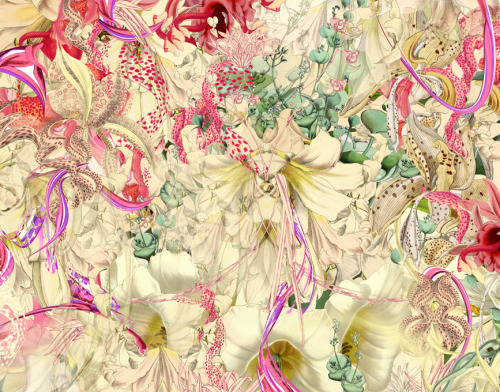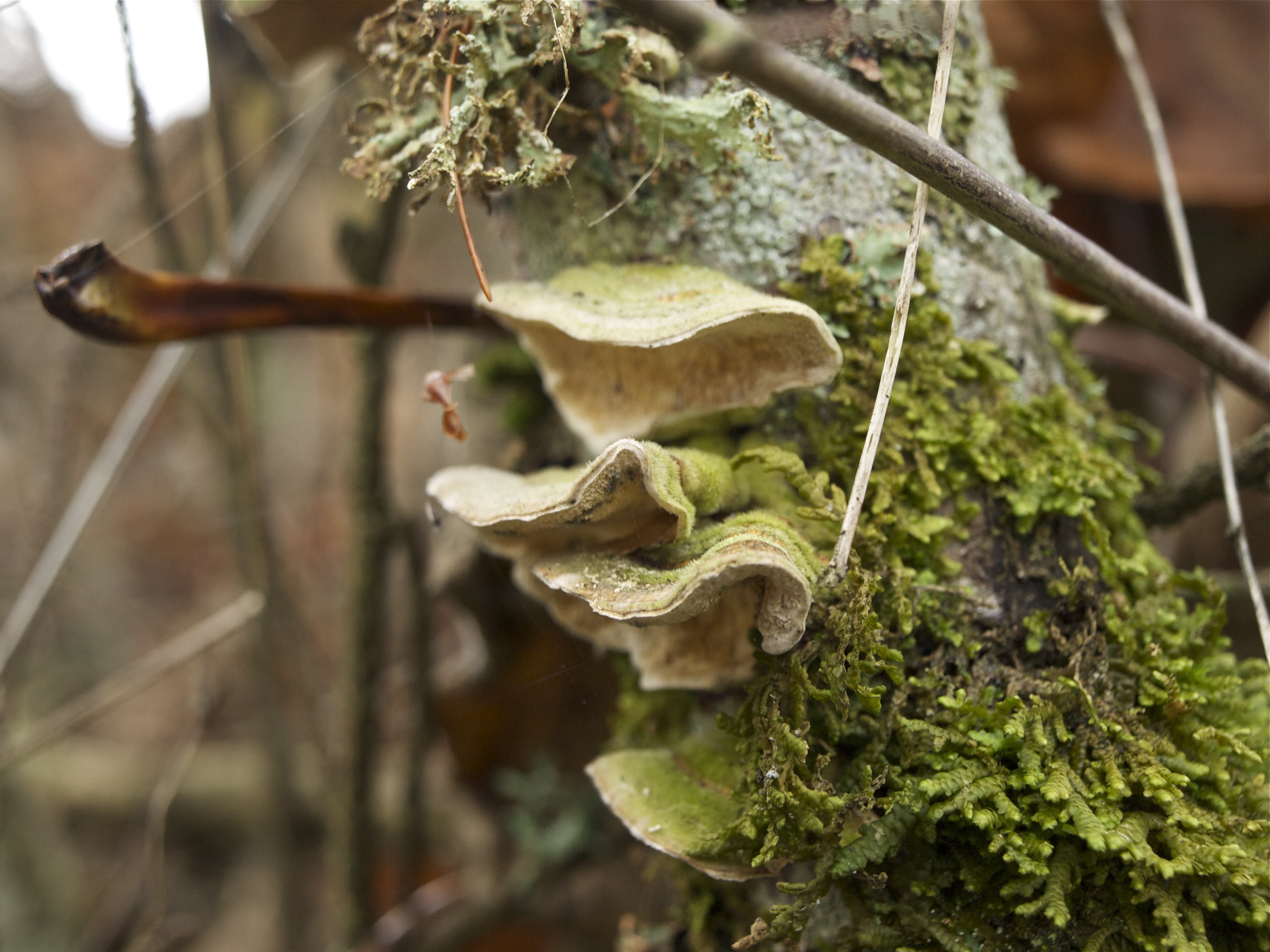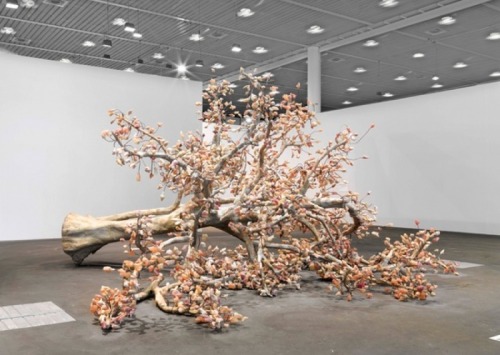Her art references Arte Povera - use of inexpensive, everyday? materials. Site based works of limited duration.
Minimalism, loosely referenced but it wholly forced, vague references can be made to how she displays certain works
Not pinned down by one movement or approach, practice development splinters off into many different directions, not easy to generalise her practice
A lot of floor based work, this forces the viewer to change the way they look, demands you to go nearer, have to kneel, squat, bend down to view the work more closely. Wreaks havoc with traditional categories of visual order.
De-emphasises the visual filed in which we typically locate artwork, leads away from preference of sight over other senses - smell, etc become more important in viewing her work.
Low profile location of the work (floor), modest qualities as if it wishes to be barely noticable
leads with other routes of engaement, smell, touch etc
Creates a more intimate engagement with the work, directly suggesting that the art is a collaboration between artist and audience.
Practice involves a shift away from creators egocentric involvement with chosen media, sets up a situation in which the material process is outside of her control, slowly unfolds over time
Not to do with appreciation of natural beauty (like vanitas) - transformation processes, such as decay
No true moment or definitive point of view or encounter with her art, contsantly changing
Art as events rather than objects
Chaotic rush as work is made, assistants needed to help her, but end result must look effortless
Notes of lurking dangers, sense of portent
Art sounds fantastical in description, but in real life seems more down-to-earth, less dramatic or monumental
Work probes quetly and insistently the gap between expectation and reality
Work touches on transformation, and regeration as much as it does drestruction or loss
Very essence of Gallaccio's work that her project grow out of and around, relate to each other - both formally and informally, in terms of emotions and ideas that they generate, like how seeds travel and roots overlap and intersect invisibly under the earth.
Each work generates "mutant offspring" in forms of new work, evolves in organic way
Decomposition reoccuring theme, as waste and as life sustaining process, tension between the attractions of the beautiful and the ugly.
Work harnesses slow process of time - time of crop cycles, seasons, rather than the clock-time we are used to.
Work is located in the present, and looks to the future, not the past.

